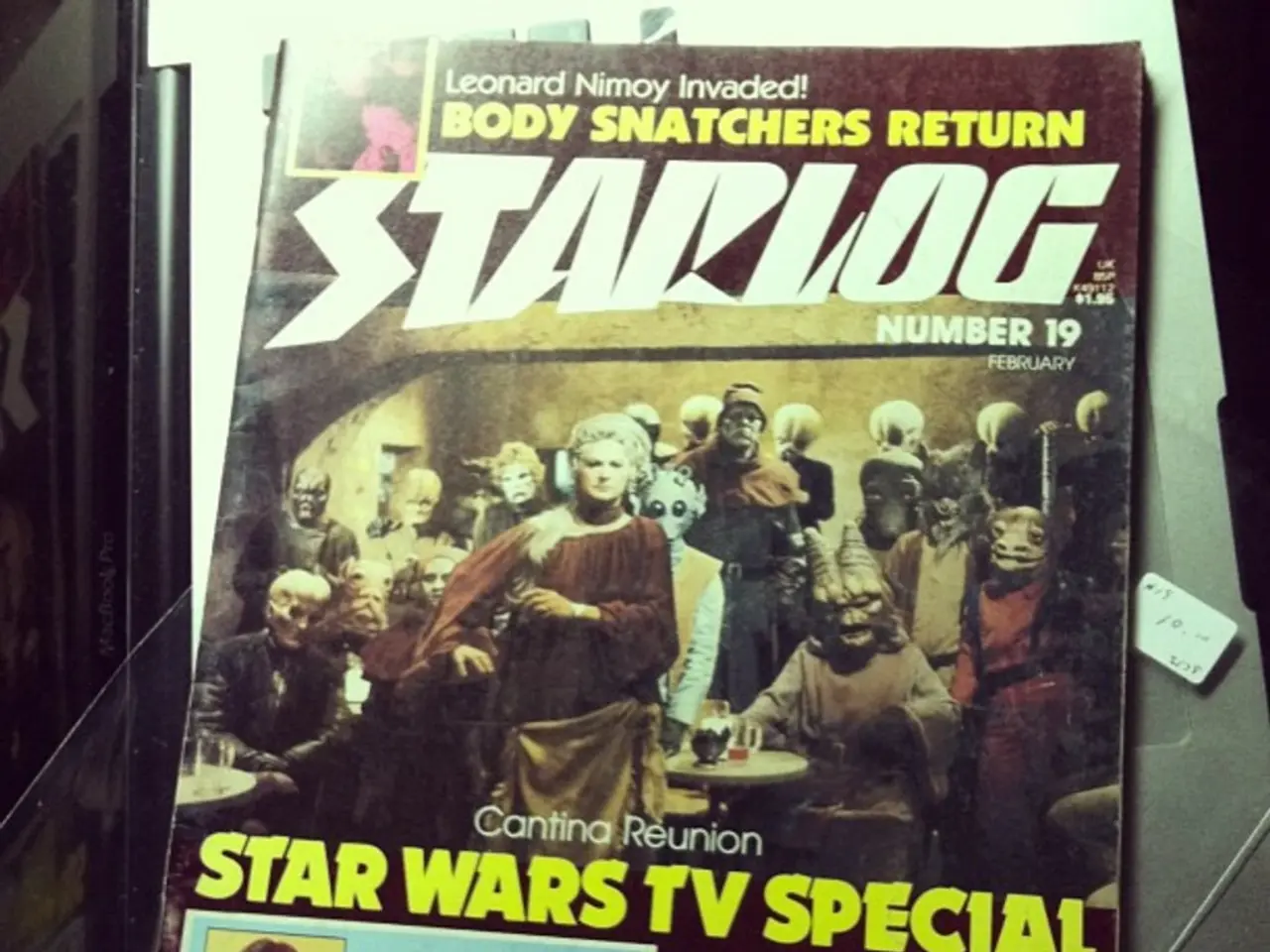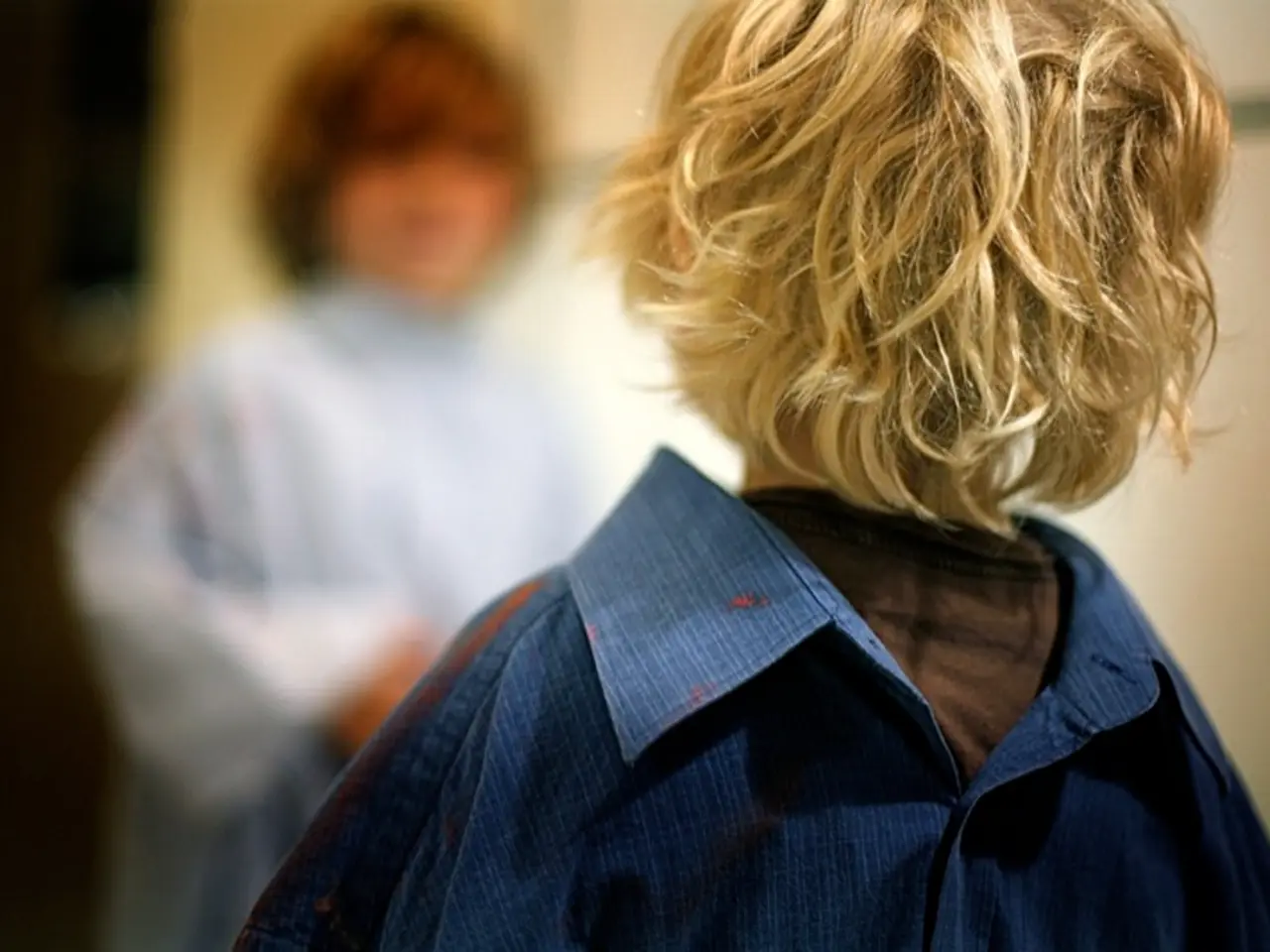Vivid Imagination Illustrated in Detail
In a recent episode of "To The Best Of Our Knowledge," renowned cartoonist Roz Chast discussed the significance of her dreams and their impact on her work. Known for her distinctive cartoon style and humorous take on the illogical and nonsensical, Chast finds a perfect canvas in her dreams.
Chast's dreams are a treasure trove of unexpected scenarios, often involving flying, riding subway cars filled with humanoid chickens, and other unconventional images. These dreams, she believes, are not necessarily predictive but provide personal and collective insights. They offer a glimpse into our thoughts and feelings, a window into our own consciousness and personal unconscious, following the Freudian perspective.
The idea of connection beyond our understanding appeals to Chast, and dreams connect to this idea for her. She shares her dreams in a way that can be structured as a narrative, despite their non-traditional form. Her dreams are funny, confusing, surprising, and sometimes disturbing, but they are necessary to process thoughts, according to Chast. Occasionally, she wakes up laughing from a dream due to its surprising and peculiar nature.
Chast's book, titled "I Must Be Dreaming," provides a glimpse into her personal dream world through drawings. The symbolic interpretation of dreams is presented with a blend of humor, introspection, and surreal imagery characteristic of her cartoon style. While specific detailed analysis of dream symbolism in this book is limited, Chast uses dreams as a vehicle to explore the absurdities and anxieties of everyday life through symbolic, often exaggerated comic scenarios that reflect emotional and psychological states.
Symbolic elements in her dreams can represent neuroses, family dynamics, or existential fears, all depicted with her characteristic wit and visual style. The symbolic elements in her dreams can be open to interpretation rather than fixed, resonating on an emotional level and highlighting the strangeness of inner experiences.
One of Chast's dreams involved an interior designer telling her "Cushions are the juice of the house," which is nonsensical but seems almost sensible. Another dream saw her losing an Oreo cookie in a liminal space between dreaming and waking life as a child. These dreams, while seemingly nonsensical, reflect the dream logic that connects unrelated and unconnected images and ideas in the subconscious.
Chast's work, particularly in "I Must Be Dreaming," suggests that dreams might not be predictive but offer a unique perspective into our thoughts and feelings. They connect us at a deeper level, aligning with a Jungian thought. For Chast, dreams are a reflection of our subconscious, a realm where we can find humor, introspection, and a glimpse into our own psyche.
Chast's book, "I Must Be Dreaming," extends beyond just her cartoons, delving into the realms of fashion-and-beauty and literature, as it explores dream symbolism with a blend of humor, introspection, and surreal imagery. The alluring world of dreams, as portrayed by Chast, could even find a place in entertainment, offering intriguing narratives that resonate with our lifestyle and emotions.







